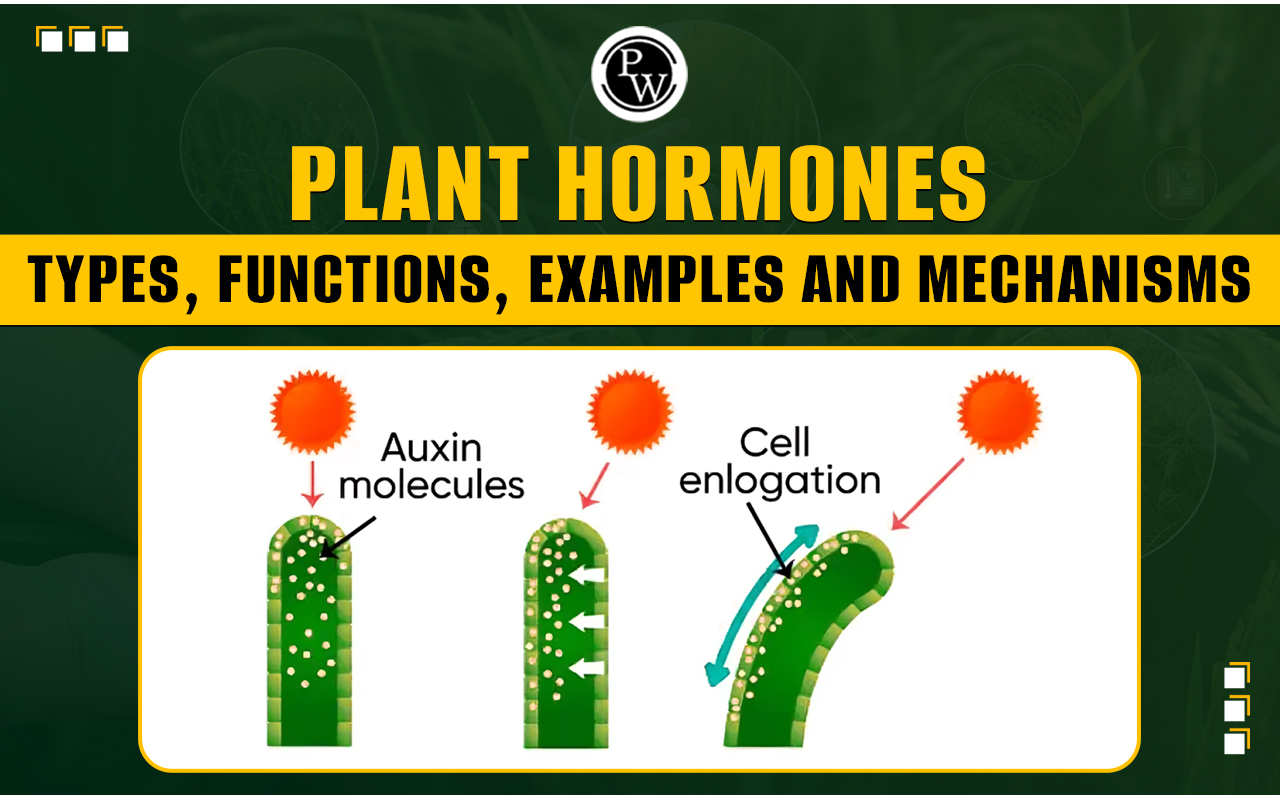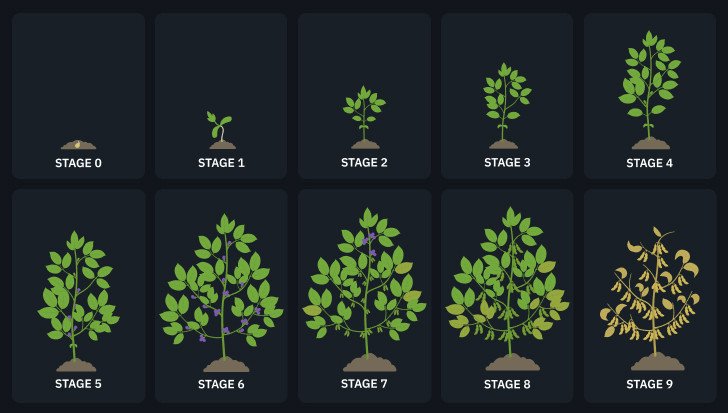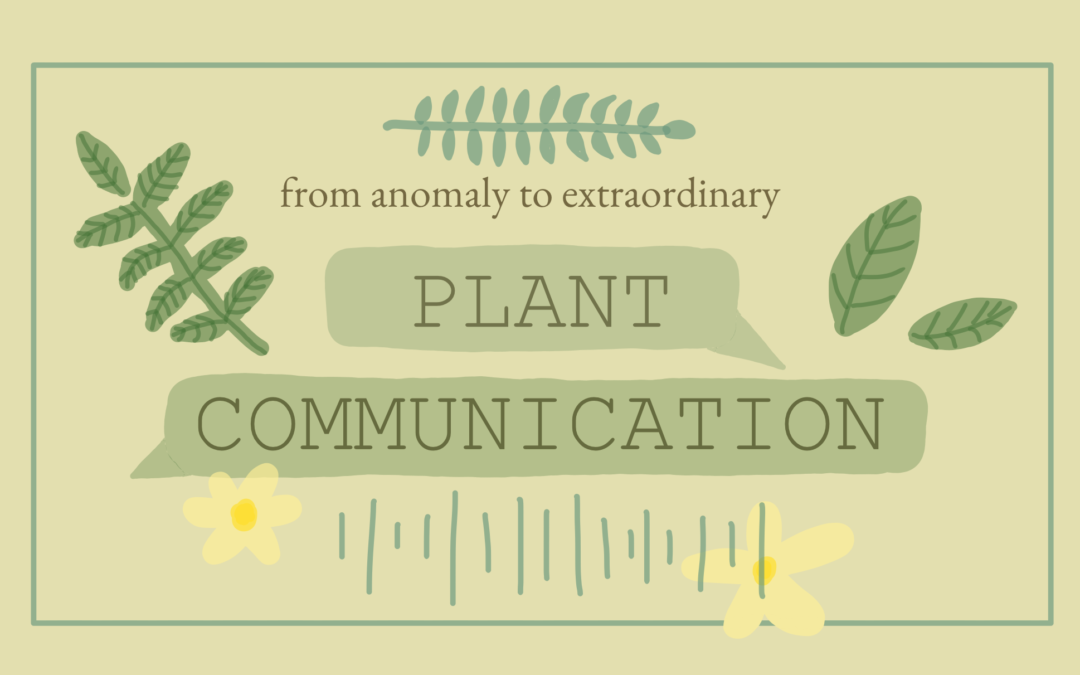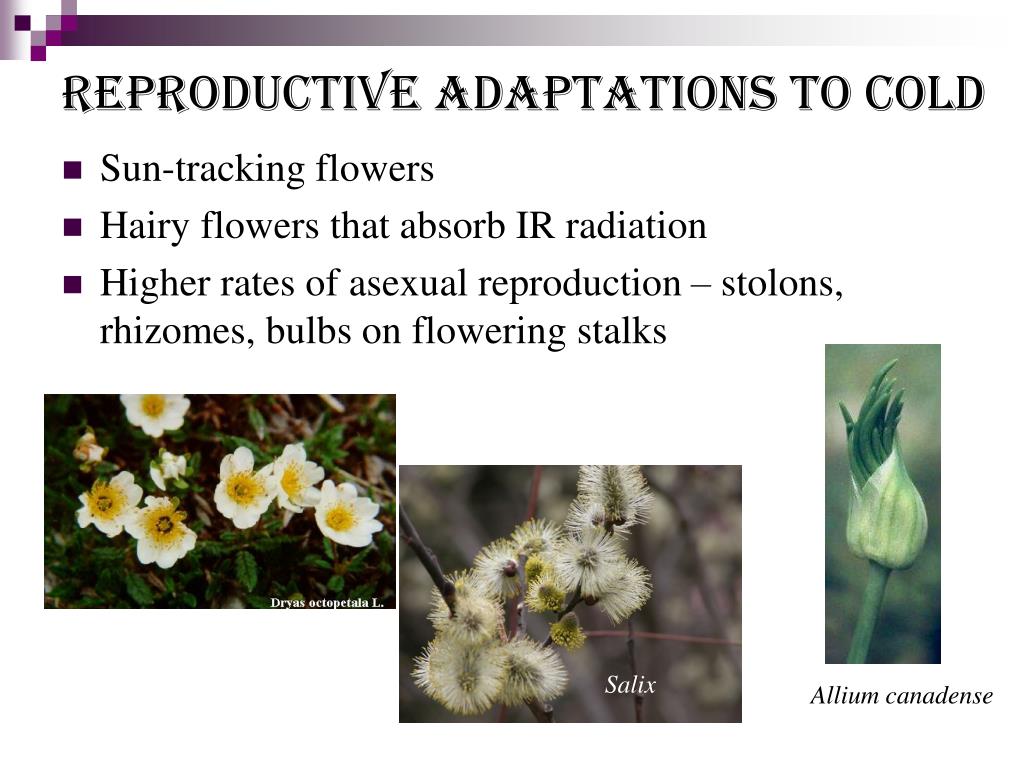
Understanding Plant Responses to Light: A Comprehensive Guide
Light, the very essence of life on Earth, plays a pivotal role in the existence and survival of plants. It’s not merely a source of energy; it’s a complex signal that governs various aspects of plant growth, development, and behavior. Understanding how plants perceive and respond to light is crucial for anyone interested in botany, agriculture, or even just appreciating the natural world around us. This comprehensive guide will delve into the intricate mechanisms that underlie plant responses to light, exploring the photoreceptors involved, the signaling pathways activated, and the diverse physiological and morphological changes that occur.
The Importance of Light for Plants
Plants, being autotrophs, rely on light as their primary energy source through the process of photosynthesis. This process converts light energy into chemical energy in the form of sugars, which fuel plant growth and metabolism. However, light’s influence extends far beyond photosynthesis. It also acts as a crucial environmental cue, informing plants about the time of day, the season, and the presence of neighboring plants. This information allows plants to optimize their growth and development to maximize their chances of survival and reproduction.
Light affects virtually every aspect of a plant’s life, from seed germination to flowering. It influences the direction of growth, the size and shape of leaves, the production of pigments, and the development of defense mechanisms. Plants have evolved sophisticated mechanisms to detect and respond to different wavelengths and intensities of light, allowing them to adapt to a wide range of environmental conditions.
Photoreceptors: The Light Sensors of Plants
Plants possess a diverse array of photoreceptors, specialized proteins that detect specific wavelengths of light. These photoreceptors act as molecular switches, triggering downstream signaling pathways that ultimately lead to changes in gene expression and plant behavior. The major classes of photoreceptors in plants include:
- Phytochromes: These photoreceptors are sensitive to red and far-red light. They play a critical role in regulating seed germination, seedling development, shade avoidance, and flowering. Phytochromes exist in two interconvertible forms: Pr, which absorbs red light, and Pfr, which absorbs far-red light. The ratio of Pr to Pfr acts as a signal, informing the plant about the light environment.
- Cryptochromes: These photoreceptors are sensitive to blue and UVA light. They regulate various aspects of plant development, including phototropism (growth towards light), circadian rhythms, and flowering. Cryptochromes also interact with other signaling pathways, such as the hormone signaling pathways, to coordinate plant responses to environmental cues.
- Phototropins: These photoreceptors are also sensitive to blue light and mediate phototropism, chloroplast movement, and stomatal opening. Phototropins are protein kinases that phosphorylate downstream targets, initiating signaling cascades that lead to changes in cellular behavior.
- UV Resistance Locus 8 (UVR8): This photoreceptor is specifically sensitive to UVB light. It plays a crucial role in protecting plants from the damaging effects of UVB radiation by activating the synthesis of protective compounds and regulating gene expression.
Each type of photoreceptor has a unique structure and mechanism of action, allowing plants to perceive and respond to a wide range of light signals. The interplay between these different photoreceptors ensures that plants can accurately assess their environment and make appropriate adjustments to their growth and development.
Signaling Pathways: Translating Light Signals into Cellular Responses
When a photoreceptor detects light, it undergoes a conformational change that triggers a cascade of downstream signaling events. These signaling pathways involve a complex network of interacting proteins, including kinases, phosphatases, and transcription factors. The ultimate goal of these pathways is to alter gene expression, leading to changes in the production of proteins that control plant growth and development.
The specific signaling pathways activated by light depend on the type of photoreceptor involved and the environmental context. For example, phytochrome signaling involves the interaction with a number of proteins, including PHYTOCHROME INTERACTING FACTORS (PIFs), which are transcription factors that regulate the expression of genes involved in growth and development. Cryptochrome signaling involves the interaction with CONSTITUTIVE PHOTOMORPHOGENESIS 1 (COP1), an E3 ubiquitin ligase that regulates the stability of various transcription factors. Phototropin signaling involves the phosphorylation of downstream targets, leading to changes in cellular behavior.
These signaling pathways are highly regulated and interconnected, allowing plants to integrate light signals with other environmental cues, such as temperature, water availability, and nutrient levels. This integration ensures that plants can make appropriate adjustments to their growth and development in response to a constantly changing environment.
Photomorphogenesis: Light-Regulated Development
Photomorphogenesis refers to the light-regulated development of plants. In the absence of light, plants undergo etiolation, a developmental program characterized by elongated stems, small leaves, and a lack of chlorophyll. This strategy allows seedlings to quickly reach the light source in a shaded environment.
When a seedling emerges into the light, photomorphogenesis is triggered. This process involves a dramatic shift in development, characterized by the repression of stem elongation, the expansion of leaves, and the synthesis of chlorophyll. Photomorphogenesis is mediated by the photoreceptors, which activate signaling pathways that alter gene expression and promote the development of photosynthetic tissues.
The specific developmental changes that occur during photomorphogenesis depend on the type of light signal perceived. For example, red light promotes the development of photosynthetic tissues, while blue light promotes the opening of stomata. The interplay between these different light signals ensures that seedlings develop appropriately in response to their environment.
De-etiolation: A Transformation Under Light’s Influence
De-etiolation is a prime example of photomorphogenesis. When a seed germinates in darkness, the resulting seedling exhibits a set of characteristics collectively known as etiolation. These include a long, pale stem (hypocotyl), undeveloped leaves (cotyledons), and a closed apical hook protecting the delicate shoot tip. This morphology prioritizes rapid stem elongation to reach sunlight as quickly as possible, even at the expense of other developmental processes.
Upon exposure to light, a dramatic transformation occurs – de-etiolation. The hypocotyl elongation slows down considerably, the cotyledons expand and turn green due to chlorophyll synthesis, and the apical hook opens. This shift represents a transition from resource-conserving survival mode to active photosynthesis and growth. Phytochromes, particularly, are central to this process, sensing the red/far-red light ratio and initiating the signaling cascades that drive de-etiolation.
Phototropism: Growing Towards the Light
Phototropism is the directional growth of a plant in response to a light stimulus. This phenomenon allows plants to maximize their exposure to light for photosynthesis. Phototropism is mediated by phototropins, which detect blue light and trigger a signaling pathway that leads to the accumulation of the plant hormone auxin on the shaded side of the stem. Auxin promotes cell elongation, causing the stem to bend towards the light.
Phototropism is a classic example of how plants can adapt their growth to optimize their resource acquisition. By growing towards the light, plants can capture more sunlight for photosynthesis, increasing their chances of survival and reproduction.
Unveiling the Mechanism Behind Bending: Auxin’s Role
The bending of a plant stem towards a light source is a carefully orchestrated process involving the plant hormone auxin. When blue light is perceived by phototropins on one side of the stem, auxin is redistributed to the shaded side. Auxin promotes cell elongation. This unequal distribution of auxin causes the cells on the shaded side to elongate more rapidly than those on the illuminated side, resulting in the stem bending towards the light.
This mechanism highlights the plant’s ability to sense and respond to environmental cues with remarkable precision. Phototropism ensures that plants can optimize their light capture, even in environments where light is limited or unevenly distributed.
Photoperiodism: Sensing the Seasons
Photoperiodism is the ability of plants to measure the length of day and night. This ability allows plants to regulate their flowering time and other developmental processes in response to seasonal changes. Photoperiodism is mediated by phytochromes and cryptochromes, which detect changes in the light environment and trigger signaling pathways that control flowering.
Plants are classified as either short-day plants, long-day plants, or day-neutral plants, depending on their flowering response to photoperiod. Short-day plants flower when the day length is shorter than a critical threshold, while long-day plants flower when the day length is longer than a critical threshold. Day-neutral plants flower regardless of the day length.
Photoperiodism is essential for ensuring that plants flower at the appropriate time of year, maximizing their chances of successful reproduction. By sensing the changing day length, plants can synchronize their flowering with the availability of pollinators and favorable environmental conditions.
The Molecular Clock: Keeping Time for Flowering
The accurate measurement of day and night length in photoperiodism relies on a complex internal timing mechanism often referred to as the “circadian clock.” This clock is a biochemical oscillator with a period of approximately 24 hours, allowing plants to anticipate daily and seasonal changes. The circadian clock regulates the expression of genes involved in flowering, ensuring that flowering occurs at the appropriate time of year.
The interaction between the circadian clock and photoreceptors is crucial for photoperiodic flowering. Photoreceptors, such as phytochromes and cryptochromes, reset the circadian clock in response to light signals, ensuring that the clock remains synchronized with the external environment. This synchronization allows plants to accurately measure day and night length and initiate flowering when conditions are optimal.
Shade Avoidance: Competing for Light
Plants compete for light with their neighbors. When a plant is shaded by another plant, it experiences a decrease in the ratio of red to far-red light. This change in the light environment is detected by phytochromes, which trigger a shade avoidance response. This response involves increased stem elongation, reduced branching, and accelerated flowering, allowing the plant to outcompete its neighbors for light.
Shade avoidance is an adaptive strategy that allows plants to survive and reproduce in crowded environments. By increasing their height and reducing their branching, plants can reach the sunlight and avoid being shaded by their neighbors.
Strategies for Survival: Adapting to Shady Conditions
Shade avoidance is not a single, uniform response. Plants employ a variety of strategies to compete for light in shady environments. These include:
- Increased stem elongation: Plants elongate their stems more rapidly to reach above the canopy and capture more sunlight.
- Reduced branching: Branching is reduced to conserve resources and focus on vertical growth.
- Accelerated flowering: Plants flower earlier to reproduce before being completely shaded out.
- Altered leaf morphology: Leaves may become larger and thinner to capture more diffuse light.
The specific shade avoidance strategies employed by a plant depend on the species, the severity of the shade, and the availability of other resources. This flexibility allows plants to adapt to a wide range of shady environments.
Light Acclimation: Adapting to Different Light Intensities
Plants can acclimate to different light intensities by adjusting their photosynthetic capacity and morphology. When plants are grown in high light, they develop thicker leaves, more chloroplasts, and higher levels of photosynthetic enzymes. These adaptations allow them to efficiently capture and utilize the abundant light energy.
When plants are grown in low light, they develop thinner leaves, fewer chloroplasts, and lower levels of photosynthetic enzymes. These adaptations allow them to conserve resources and avoid photoinhibition, the damage to the photosynthetic apparatus caused by excessive light energy.
Light acclimation is a remarkable example of plant plasticity, the ability of plants to alter their phenotype in response to environmental conditions. This plasticity allows plants to thrive in a wide range of light environments.
Optimizing Photosynthesis: Adjusting to Light Availability
Light acclimation involves a complex interplay of physiological and morphological changes aimed at optimizing photosynthesis under different light conditions. Key adaptations include:
- Adjustments in chlorophyll content: Plants grown in low light increase their chlorophyll content to capture more light, while plants grown in high light decrease their chlorophyll content to avoid photoinhibition.
- Changes in leaf anatomy: Plants grown in high light develop thicker leaves with more layers of photosynthetic cells, while plants grown in low light develop thinner leaves with fewer layers of photosynthetic cells.
- Regulation of photosynthetic enzyme activity: Plants adjust the activity of photosynthetic enzymes to match the available light energy.
These adaptations ensure that plants can maintain efficient photosynthesis, regardless of the light environment.
The Impact of Artificial Light on Plant Growth
With the rise of indoor gardening and vertical farming, understanding the impact of artificial light on plant growth has become increasingly important. Different types of artificial light, such as LEDs, fluorescent lamps, and high-pressure sodium lamps, emit different wavelengths of light. These different wavelengths can have different effects on plant growth and development.
For example, red and blue light are the most effective wavelengths for driving photosynthesis. However, other wavelengths, such as green and far-red light, can also play important roles in plant growth and development. By carefully selecting the appropriate type of artificial light, growers can optimize plant growth and yield.
Research continues to explore the optimal light spectra for various plant species and growth stages. This knowledge is crucial for maximizing the efficiency and sustainability of indoor agriculture.
LEDs: A Revolution in Plant Lighting
Light-emitting diodes (LEDs) have revolutionized plant lighting due to their energy efficiency, long lifespan, and ability to emit specific wavelengths of light. LEDs allow growers to tailor the light spectrum to the specific needs of their plants, optimizing photosynthesis, growth, and development. The ability to control the light spectrum also allows growers to manipulate plant morphology, flowering time, and even the nutritional content of crops.
LEDs are becoming increasingly popular in indoor gardening, vertical farming, and controlled-environment agriculture. Their versatility and energy efficiency make them a sustainable and cost-effective solution for plant lighting.
The Future of Plant Light Research
Plant light research is a rapidly evolving field. Scientists are constantly discovering new photoreceptors, signaling pathways, and light-regulated genes. Future research will focus on understanding the complex interactions between light and other environmental factors, such as temperature, water availability, and nutrient levels.
This knowledge will be crucial for developing new strategies to improve crop yields, enhance plant resilience to stress, and optimize plant growth in a changing climate. Plant light research holds great promise for addressing some of the world’s most pressing challenges, including food security and climate change.
Furthermore, advancements in areas like CRISPR-Cas9 gene editing are allowing researchers to precisely manipulate plant photoreceptor genes and signaling pathways. This opens exciting possibilities for creating crops with enhanced light utilization efficiency, improved shade tolerance, and optimized flowering times.
In conclusion, understanding plant responses to light is a multifaceted and fascinating area of study. From the intricate workings of photoreceptors to the complex signaling pathways that govern plant development, light plays a critical role in shaping the lives of plants. By continuing to unravel the mysteries of plant light interactions, we can unlock new opportunities for improving agriculture, protecting the environment, and appreciating the beauty and complexity of the natural world.



